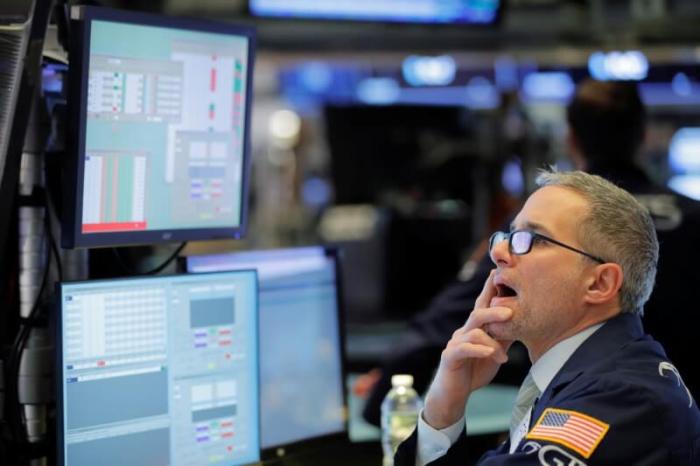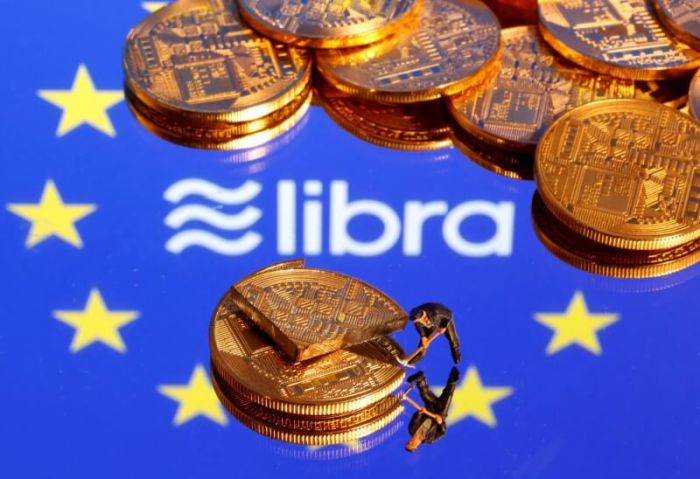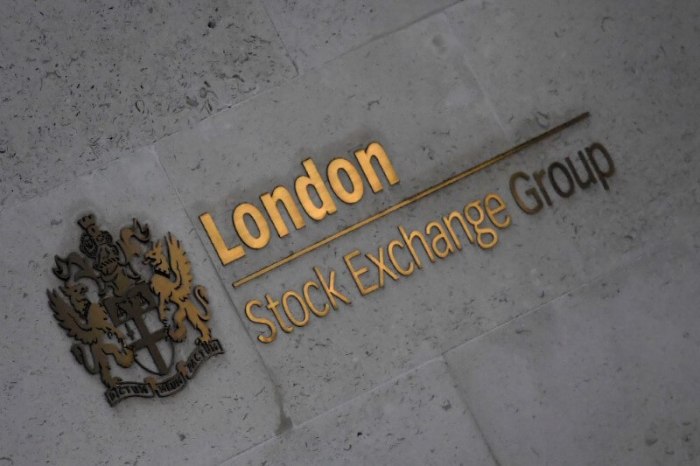By Wayne Cole
SYDNEY (Reuters) – Australia’s trade surplus swelled to historic highs in June and likely gifted the country its first current account surplus since the 1970s, a timely buffer as the world descends ever closer to an all-out trade war.
Continued strength in resource exports also looked to have made a critical contribution to economic activity in the June quarter, helping offset weakness in household spending.
“Given the recent weakness in the domestic economy, net trade was probably the main driver of GDP growth in the second quarter,” said Ben Udy, an economist at Capital Economics. “It provided a glimmer of hope amidst the bleak domestic outlook.”
That gave a lift to the embattled local dollar, which bounced to $0.6780
Investors assume the central bank will stay at 1% after cuts in both June and July, but are also wagering that further easing is inevitable given the risks to global growth from the escalating Sino-U.S. trade dispute.
Futures <0#YIB:> are now almost fully priced for a move to 0.75% in October and to 0.5% early next year, and Tuesday’s stellar data had scant impact on that outlook.
The Australian Bureau of Statistics reported the trade surplus had jumped 30% to A$8 billion ($5.43 billion) in June, far above forecasts of A$6 billion.
Exports rose 1% on high prices for iron ore – the country’s single biggest earner – and a revival in coal shipments.
Prices for iron ore have surged this year as supply disruptions hit shipments from Brazil and policy stimulus by Beijing supported demand for steel.
If there was a downside it was that a 4% fall in imports suggested softness in domestic consumption and investment.
For the whole second quarter, the surplus ballooned by over A$5 billion to stand at a record A$19.8 billion.
“This opens up the possibility of a current account surplus for the June quarter,” said Westpac economist Andrew Hanlan. “If so, that would be the first since the June quarter of 1975.”
Such an outcome essentially means Australia is relying less on foreign savings and funding more of its own consumption and investment, a useful buffer at times of market stress.
($1 = 1.4745 Australian dollars)
(Reporting by Wayne Cole; Editing by Shri Navaratnam)

















